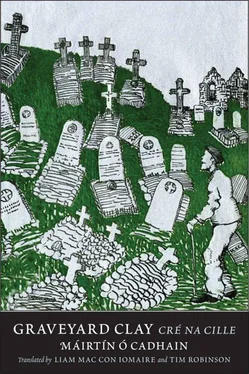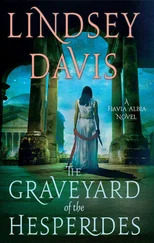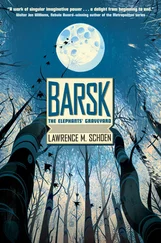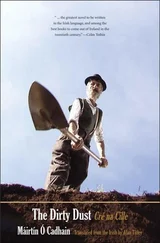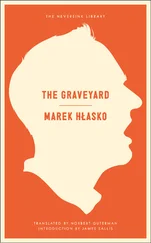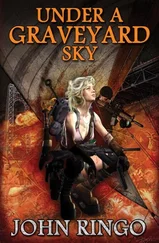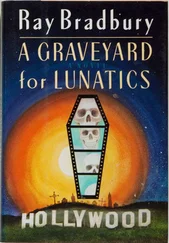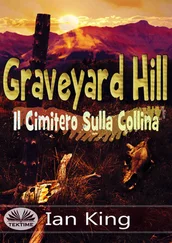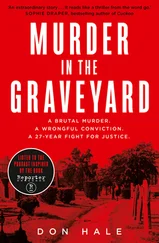6. The Irish Catholic political leader Daniel O’Connell (1775–1847) is the subject of much folklore. Biddy Early (d. 1874, Co. Clare) was a widely known herbal healer reputed to be gifted with second sight.
7. Unidentified place.
8. Cigarettes.
9. Two workmen carrying stones on a wooden hand-barrow, one in front and one behind.
10. Boicíní , rakish young men of money.
11. “Ave Maria,” Hail Mary, a prayer to the Virgin Mary.
12. Ancient Greek for the common people.
13. Ill-fated lovers in one of the best-known of Irish myths, Oidhe Chlainne Uisnigh (the Fate of the Sons of Uisneach).
1. A common exclamation of delight in someone else’s misfortune.
2. The Well at the End of the World is a medieval folktale motif, which suggested to William Morris his fantasy novel, The Well at the World’s End .
3. Leabhar Eoin (John’s book) in the original. The opening words of the poetic prologue to St. John’s Gospel, written by a priest in Latin on a piece of paper, folded and wrapped in scapular form about the neck or concealed in clothing, came to be used in Christian devotion throughout the Middle Ages as a protective and healing charm. In later Irish tradition, a verse quatrain composed extempore on request by a priest could also function as such a charm text and was known as Leabhar Eoin (John’s Book). The incorrect use of the Leabhar Eoin was regarded as involving possible misfortune to the priest who provided it and could even lead to “transferred” death in cases where it was used to save the life of an otherwise mortally stricken individual (as is the case in this text).
4. A serious disease of cattle caused by a bacterium.
5. A wooden saddle for a horse or donkey, from which turf-creels and so on could be suspended on either side.
6. Amhráinín síodraimín siosúram seó in the original, a nonsense refrain from a children’s song.
7. Bríd Thoirdhealbhaigh in the original. The name Toirdhealbhach is customarily shortened to Terry in the Gaeltacht.
8. Seán Péin in the original; a comic mishearing for champagne.
9. The rope whip with nine knotted lashes that would figuratively await her; i.e., she would be most unwelcome.
10. Fictional woman of great beauty in one of the great Celtic romantic legends.
11. The “battle” in which nearly all of the Fianna were killed by the sheaves of corn they were busily binding and throwing back over their heads, inadvertently killing one another in the process. A little fellow of the underworld called Tufty Mouth (Cab an Dosáin) was the sole reaper!
12. One who goes from fair to fair and from farm to farm buying up cattle in small lots, to sell to bigger dealers.
1. Nelson’s Pillar, blown up by an Irish republican faction in 1966.
2. A garbled and parodic version of widely known folklore about Oliver Cromwell.
3. What looks like a typing error is in fact a play on words. Seilg (Shellig) means “pursuit,” and Seilg Mhichíl (Shellig Michael) means Pursuit of Michael. As St. Michael is being pursued by the Devil between Conamara and the Aran Islands the author invents his own island, Seilg Mhichíl (Shellig Michael), which looks like and sounds like the real Skellig Michael (Sceilg Mhichíl) off the Kerry coast, famous for its ancient monastic settlement of beehive huts. Sceilg means a steep rock.
4. Poill Tí Lábáin in the original. The caves are actually north of Oughterard.
5. Abhainn Ruibhe in Oughterard, east Conamara.
6. One of the very low tides that occur once a fortnight, exposing a wide area of the shore.
7. Feamainn ghaoithe , loose floating seaweed brought to land by an onshore wind.
8. Seaweed, timbers, and other goods thrown up on the shore would be claimed by tying a string to them or putting a stone on them.
9. Sharpened sticks used to pin down thatch on a roof.
10. Thin stems of pollarded willows, cultivated for basket-making.
11. An undisciplined force of British soldiers, named from their mixed uniforms, that terrorised parts of Ireland during the War of Independence.
1. Ní dhearna luí fada riamh bréag (a long time laid up never lied) is an old saying, meaning that a long spell of being confined to bed ends in death.
2. Under his arm; ascaill is the Irish for armpit.
3. Spread it to dry.
4. A government scheme of employment in cutting and distributing turf during World War II.
5. A parody of a folktale well known in Conamara as well as the Aran Islands, usually told as concerning Sts. Enda and Brickan dividing the largest of the three Aran Islands between them.
6. The dominant Celtic race element in ancient Ireland.
7. There is a theory that two saints of the name of Patrick evangelized Ireland.
8. Aphosphorosis. Phosphate deficiency causing lameness in cattle.
9. A strap passing under a horse’s or donkey’s tail.
10. To empty the water out of Tobar Bhriocáin in Ros Muc was regarded as a way of putting a curse on someone.
11. The penitential rituals associated with the pilgrimage to Lough Derg in Donegal are very severe.
12. Euphemism for dying.
13. A nationalistic youth movement on the lines of the Boy Scouts.
14. A military organisation dedicated to the fight for Irish independence.
15. Technical or vocational school.
16. Spelling reform of the Irish language, 1948.
17. It was customary for Catholics to abstain from eating meat on a Friday.
18. Dublin slang for blackguard.
1. In the old Irish script, a dot placed over a consonant, indicating a softening of the sound.
2. A small shore fish.
3. A long drawn-out story.
4. From a collection of obscure prophesies attributed to St. Columkille and widely circulated in books and by word of mouth.
5. Dúil Aeir , air as one of the four elements, in the original; sounding like “de Valera.”
6. Mountainous region on the northeast of Conamara, settled in medieval times by the Norman-Welsh Joyces.
7. Putting sods of turf leaning against one another and across one another on the turf bank to dry after being cut.
8. The “stray sod,” a patch of ground said to make you lose your way if you tread on it. The remedy was to turn your coat inside out.
9. “Typhus Outbreak in Spiddal … Dr Charles McConn, acting County Medical Officer[,] … is striving to subdue the outbreak …” ( Irish Times , 14 November 1942).
10. A lay Catholic organization founded in 1921.
11. A fight in which no one is hurt.
12. Ó Cadhain overheard this, on a bus in Dublin, when Cré na Cille was being serialised in the Irish Press : “This Ó Cadhain fellow. A right galoot if ever there was one. A Joycean smutmonger.”
13. An often imitated and parodied phrase from An tOileánach , translated as The Islandman , Tomás Ó Criomhthain’s account of life on the Great Blasket Island, Kerry.
14. A Cistercian Abbey in Co. Waterford.
1. A happy, light-hearted song.
2. Thought to be a garbled version of “By Christ’s Bloody Tears and Wounds.”
3. Given Extreme Unction (or the Last Rites) by the priest, in expectation of death.
4. Jesus.
5. Resounding blows.
6. German cruiser damaged in battle and then scuttled, 1939.
7. The following passage in the text involves elaborate wordplay in Irish, French, and Breton, a language Máirtín Ó Cadhain studied.
8. Conn, Mogh: mythical heroes who divided Ireland between them.
Читать дальше
